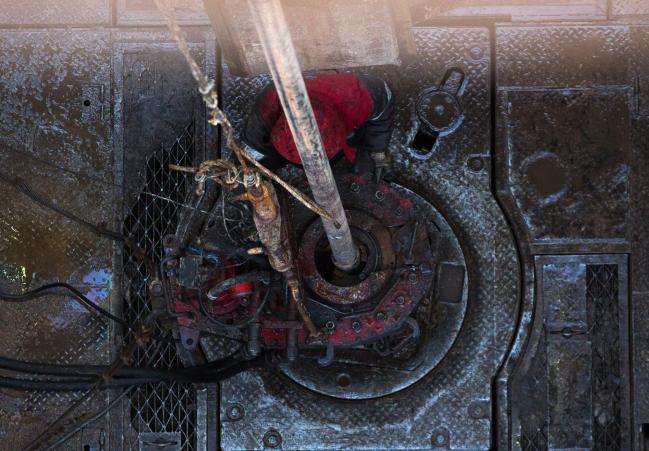(Bloomberg) -- U.S. crude pared losses from tumbling to almost $60 a barrel after President Donald Trump threw trade talks between the world’s two largest economies into disarray with a threat to raise tariffs on Chinese imports. Washington said it’s sending warships to the Middle East in a warning to Iran.
West Texas Intermediate crude futures rose after plunging as much as 3.1 percent in New York to the lowest level in five weeks. China was said to be considering delaying a trip by its top trade negotiators to Washington this week after Trump threatened on Sunday to raise tariffs on $200 billion of Chinese imports to 25 percent from 10 percent.
Brent crude has retreated around 7 percent since late April on signs the global supply outlook may not be as tight as feared. The possibility that the world’s two largest economies won’t reach a trade deal threatens to weaken prices. However, the U.S.’s decision to dispatch an aircraft carrier strike group and bomber force to the Middle East in a warning to Iran highlights tensions between the two countries.
“There was a slightly higher risk at the margin for a more severe trade war between the U.S. and China, but generally the sell-off today was overblown,” said Bjarne Schieldrop, Oslo-based chief commodities analyst at Norwegian bank SEB AB.
West Texas Intermediate crude for June delivery is at $61.24 a barrel, or 1.1 percent lower, on the New York Mercantile Exchange at 4:49 p.m. in Dubai, after dropping as much as $1.90 earlier. It lost 2.2 percent last week.
Brent for July settlement is 40 cents, or 0.6 percent, lower at $70.45 a barrel on the London-based ICE (NYSE:ICE) Futures Europe exchange. It fell to $68.79 earlier, the lowest since April 1. The global benchmark crude was at a premium of $9.05 to WTI for the same month.
The deployment of the bomber force and USS Abraham Lincoln Carrier Strike Group would send a “a clear and unmistakable message” to Iran that any attack on U.S. interests or on those of its allies will be met with “unrelenting force,” National Security Adviser John Bolton said in a statement Sunday night. Tensions with Iran escalated, and Washington ratcheted up the pressure early this month by letting waivers for eight governments to import Iranian oil expire.
Trump threatened not only to more than double tariffs on $200 billion of Chinese exports to the U.S. but also raised the possibility of imposing a 25 percent tariff on an additional $325 billion of goods. Chinese Vice Premier Liu was set to arrive in Washington Wednesday with a delegation of about 100 people for what had been shaping up to be possibly the final round of talks.
See also: With Two Tweets, Trump Shatters Historic Calm in Global Markets
Saudi Arabia, the world’s biggest oil exporter, cut the pricing for June supplies of all crude grades to the U.S., while raising it for other regions. The kingdom’s official selling prices serve as a benchmark for other Middle East suppliers.
The Saudi pricing announcement appeared to be aimed at easing concern over supplies. Aramco may have offered a discount to the U.S. to make its oil competitive in light of record U.S. crude stockpiles. U.S. inventory data helped push oil prices lower and the market has become “overly bearish,” Schieldrop said.
